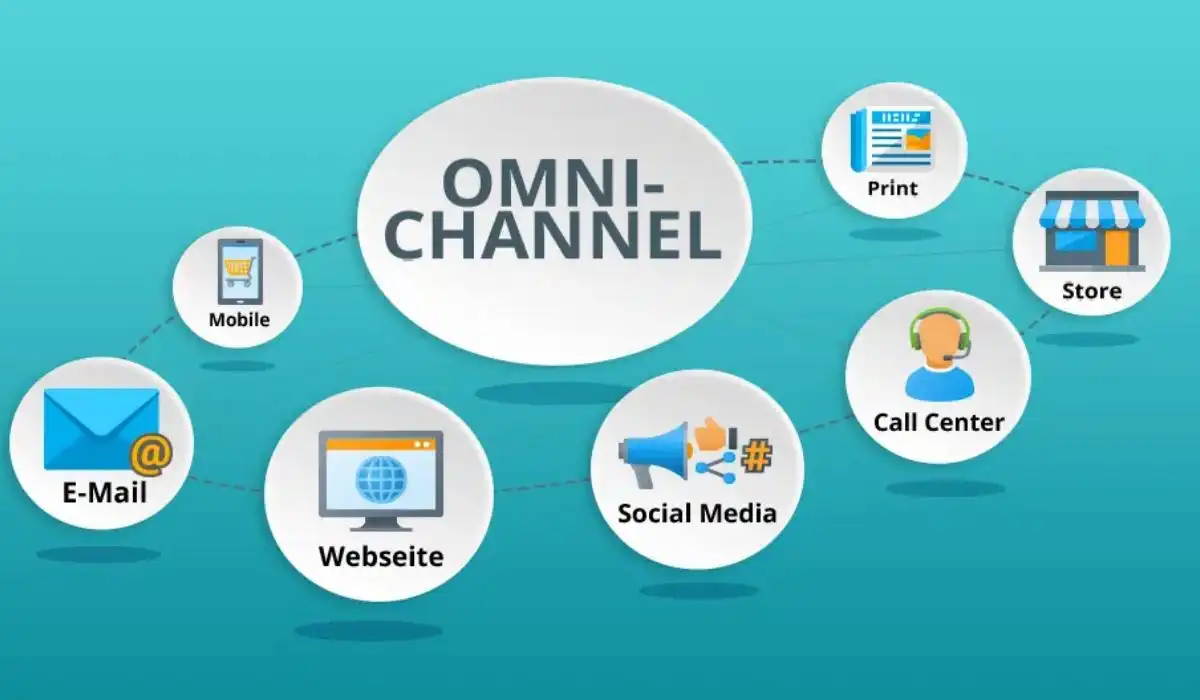In today’s fast-paced, digitally driven world, customers expect more than just good products—they demand consistent, seamless experiences. Whether they shop online from a smartphone or visit a physical store, their journey with a brand should feel integrated and effortless. This is where omnichannel marketing steps in.
In 2025, with India’s booming ecommerce industry, high smartphone penetration, and increasingly savvy consumers, mastering omnichannel customer experience is not a luxury—it’s a necessity.
What is Omnichannel Marketing?
Omnichannel marketing is a strategy that connects all customer touchpoints—both digital (e.g., websites, apps, emails, social media) and physical (e.g., retail stores, events, call centers)—to provide a unified brand experience.
Unlike multichannel marketing, which operates in silos, omnichannel creates a fluid, personalized journey by integrating platforms and customer data.
Why Omnichannel Marketing Matters in 2025
Here’s why Indian businesses must prioritize omnichannel experiences now:
- 95% of Indian consumers switch between devices while shopping (Google India).
- Customers using multiple channels have a 30% higher lifetime value than single-channel users.
- Businesses with strong omnichannel strategies retain 89% of customers, compared to 33% for those with weak ones.
Key Components of an Effective Omnichannel Strategy
To deliver seamless customer experiences, brands must focus on the following pillars:
1. Unified Customer Data
Gather and centralize customer data across platforms to track behavior, preferences, and purchase history.
- Use Customer Data Platforms (CDPs) or CRM tools to manage insights.
- Enable dynamic personalization in marketing emails, app notifications, and website content.
2. Consistent Brand Messaging
Ensure your brand voice, visuals, and values remain consistent across all platforms.
- Whether it’s an Instagram post, a WhatsApp reply, or an in-store banner—consistency builds trust.
- Example: A D2C skincare brand in India like mCaffeine uses the same tone and visuals across app, email, social media, and packaging.
3. Channel Integration
Customers may start their journey on one channel and complete it on another. Your system should support this.
- Enable “Buy Online, Pick Up In Store” (BOPIS) options.
- Use QR codes in-store to direct shoppers to detailed product pages online.
4. Real-Time Communication
Use tools like chatbots, WhatsApp Business API, or live agents to respond to customer queries promptly.
- Automated yet personalized responses can drastically improve customer satisfaction.
- Brands using conversational marketing often see conversion rates jump by 20–30%.
How Indian Brands Are Winning with Omnichannel
Let’s look at some Indian success stories:
- Tata CLiQ: Seamlessly blends physical store and online experiences with real-time inventory, easy returns, and personalized app recommendations.
- Nykaa: Uses integrated customer profiles across app, web, and stores for hyper-personalized product suggestions and loyalty rewards.
- Reliance Trends: Allows customers to check stock at nearby stores via the app, promoting online-to-offline engagement.
Benefits of Omnichannel Marketing
Improved Customer Retention
Consistent experiences build brand trust and loyalty.
Higher Conversion Rates
Personalized messaging increases the chance of purchase.
Increased Revenue
Brands with omnichannel engagement strategies see a 23x higher customer satisfaction rate.
Better Insights
Unified analytics help marketers make smarter decisions on inventory, campaigns, and customer journeys.
Challenges and How to Overcome Them
| Challenge | Solution |
| Data fragmentation | Invest in an integrated CRM or CDP that pulls data from all sources. |
| Inconsistent messaging | Create a brand style guide and train your team across channels. |
| Tech integration complexity | Start small—sync your ecommerce platform with one or two physical touchpoints before scaling. |
Omnichannel Tools and Platforms to Consider in 2025
Here are some tools that Indian marketers and businesses can use:
- Zoho CRM – For Indian businesses to unify sales, marketing, and customer service.
- MoEngage / WebEngage – Popular in India for cross-channel customer engagement.
- Shopify POS – For integrating ecommerce with retail operations.
- Freshdesk / WhatsApp Business API – For customer support across platforms.
Best Practices for Indian Businesses
- Localize Your Strategy: Offer support in regional languages (Hindi, Tamil, Bengali) across digital touchpoints.
- Leverage WhatsApp Commerce: Over 500 million Indians use WhatsApp, making it an ideal platform for updates, support, and re-engagement.
- Embrace Mobile-First Design: Optimize websites and emails for smartphone users who dominate Indian online traffic.
Read Also : The Metaverse Marketing Boom: How Brands Are Engaging Consumers in Virtual Worlds
Conclusion: Elevate Your Brand with Seamless Experiences
In 2025, omnichannel marketing isn’t just a trend—it’s a survival strategy. As Indian consumers grow more connected and demanding, businesses that unify their physical and digital channels will enjoy higher engagement, stronger loyalty, and better ROI.
Whether you run a retail chain, D2C startup, or manage a marketing campaign, mastering omnichannel marketing will ensure your brand delivers value—wherever and whenever your customers need it.




